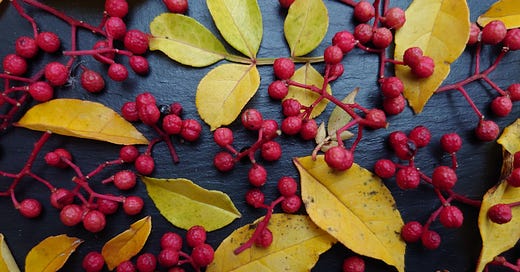Plants that make your mouth fizz, tingle and go numb
This week I look at the numbing ability of Szechuan peppers, chillis and those crazy electrifying flowers known as buzz buttons or electric daisies
It’s the time of year when my Szechuan peppers are looking wonderfully autumnal and the fruits are ready to harvest. If you don’t know, Szechuan peppers have this ability to make your mouth numb. Somebody asked me the other day about the science behind this effect, and that got me researching and thinking about other edible plants that also have a tingling effect in the mouth.
We have two particular types of receptors on our tongue, TRPV1 receptors that are responsible for detecting heat and pain, and the TRPA1 receptors that detect chemical irritants. It is these two receptors that are involved with the numbing and tingling effects.
Szechuan peppers
Szechuan peppercorns release a compound called hydroxy-alpha-sanshool, which binds to these receptors, causing a sensory reaction that produces a numbing and tingling sensation. This is described as má in Chinese, one of the two key taste elements in Szechuan cuisine, alongside the spiciness of chilli peppers (là). The tingling effect is tem…





